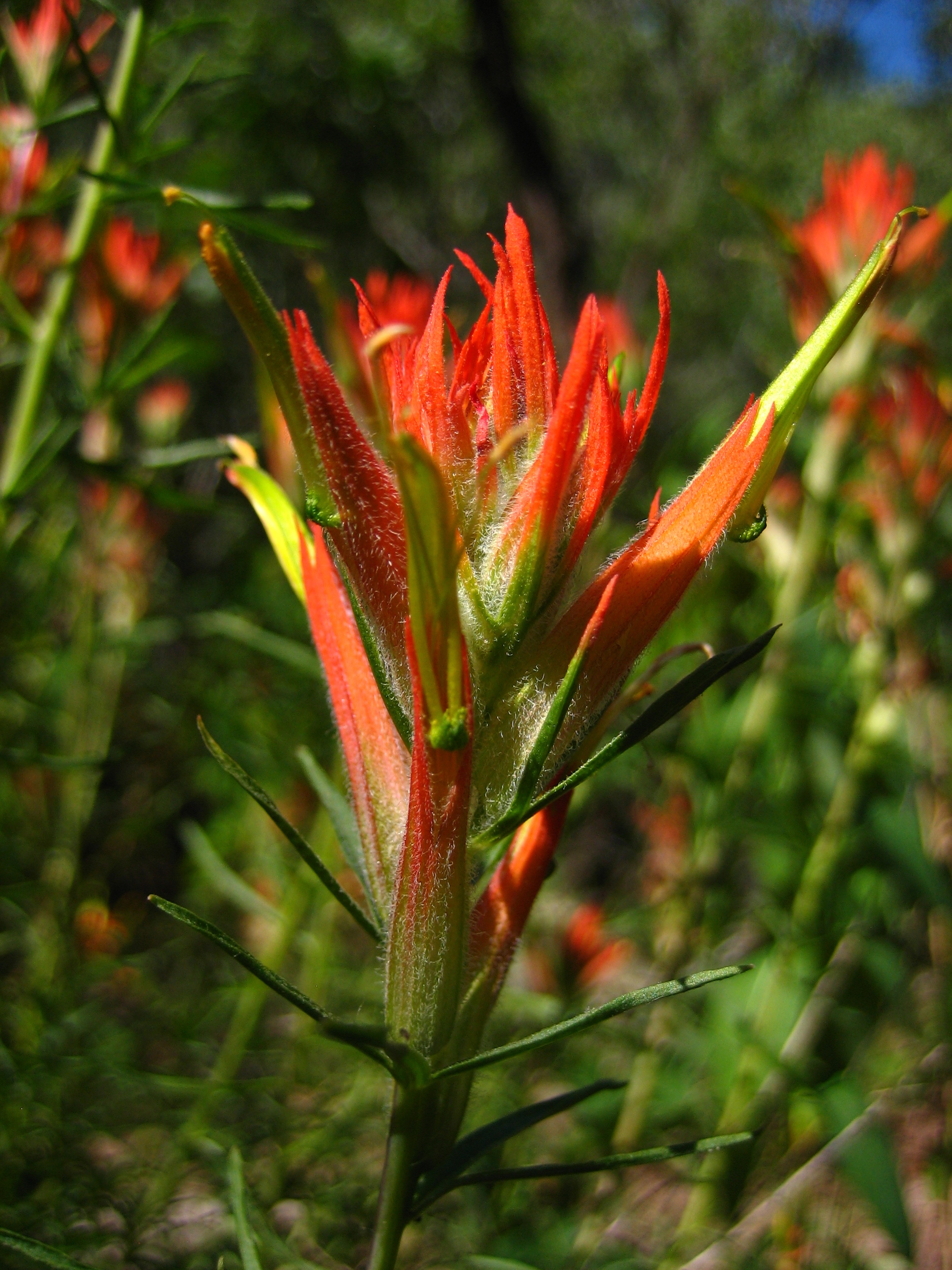Wildlife
Mule deer, elk, cottontail rabbit, coyote, ground squirrels, great-horned owls, and yellow-tailed weasel are common sights in the hills around the campsites for wildlife watchers at Rifle Gap. Visitors may also observe beavers sliding around the bends of East Rifle Creek and small lizards sunning themselves on the rocks. A diversity of reptile species is recorded in the area, including Utah milksnake, midget-faded rattlesnake and western yellow-bellied racer.
Waterfowl
Many species of waterfowl visit the reservoir in both the spring and autumn. Great-blue heron and Canada geese frequent the reservoir to feed in early morning, and can be seen from a distance with the naked eye or up close through binoculars. Marsh hawks (northern harriers) sometimes nest in the marshes near the confluence of West Rifle Creek and the reservoir. At different times of the year, ospreys, golden eagles or bald eagles are present around the reservoir.
Fish
Many anglers are attracted to the excellent warm-water fishing opportunities at Rifle Gap, which include walleye and largemouth and smallmouth bass. The reservoir is also stocked with cold-water rainbow and German brown trout.
Plants
 The most abundant plant communities in the park are xeric and mesic pinyon-juniper woodlands, where Utah juniper, pinyon pine, black sagebrush, shadscale, mountain mahogany, horsebrush, greasewood, golden aster, wild buckwheat, Indian ricegrass, needle-and-thread and galleta are common species. Deeper soils of upland flats support a sagebrush shrubland community dominated by big sagebrush, rabbitbrush, common sunflower, Indian paintbrush, four-wing saltbush,
The most abundant plant communities in the park are xeric and mesic pinyon-juniper woodlands, where Utah juniper, pinyon pine, black sagebrush, shadscale, mountain mahogany, horsebrush, greasewood, golden aster, wild buckwheat, Indian ricegrass, needle-and-thread and galleta are common species. Deeper soils of upland flats support a sagebrush shrubland community dominated by big sagebrush, rabbitbrush, common sunflower, Indian paintbrush, four-wing saltbush,  shadscale, greasewood, milkvetch, alyssum, western wheatgrass, Indian ricegrass and needle-and-thread. Deciduous riparian forest occurs primarily along Rifle Creek in the Rifle Falls area, but also exists along the margin of Rifle Gap reservoir. The dominant trees and shrubs of this community are boxelder, alder, Indian hemp and virgin’s bower. Diverse wetland, riparian and aquatic plant communities have become established around the reservoir and below the dam.
shadscale, greasewood, milkvetch, alyssum, western wheatgrass, Indian ricegrass and needle-and-thread. Deciduous riparian forest occurs primarily along Rifle Creek in the Rifle Falls area, but also exists along the margin of Rifle Gap reservoir. The dominant trees and shrubs of this community are boxelder, alder, Indian hemp and virgin’s bower. Diverse wetland, riparian and aquatic plant communities have become established around the reservoir and below the dam.
Geology
Rifle Gap lies on the edge of the White River Plateau, just north of the Grand Hogback. The Grand Hogback monocline consists of Upper Cretaceous Williams Fork Formation sandstone, shale and coal beds that are approximately 4,500 feet thick. From the reservoir, views to the south offer unparalleled exposures of the coal-bearing Mesa Verde group in the hogback. Most of the park is comprised of exposed Mancos Shale, and as a result, park soils are rich in salts. Fossils of leaves are abundant, and some fish and shellfish fossils exist as well.

